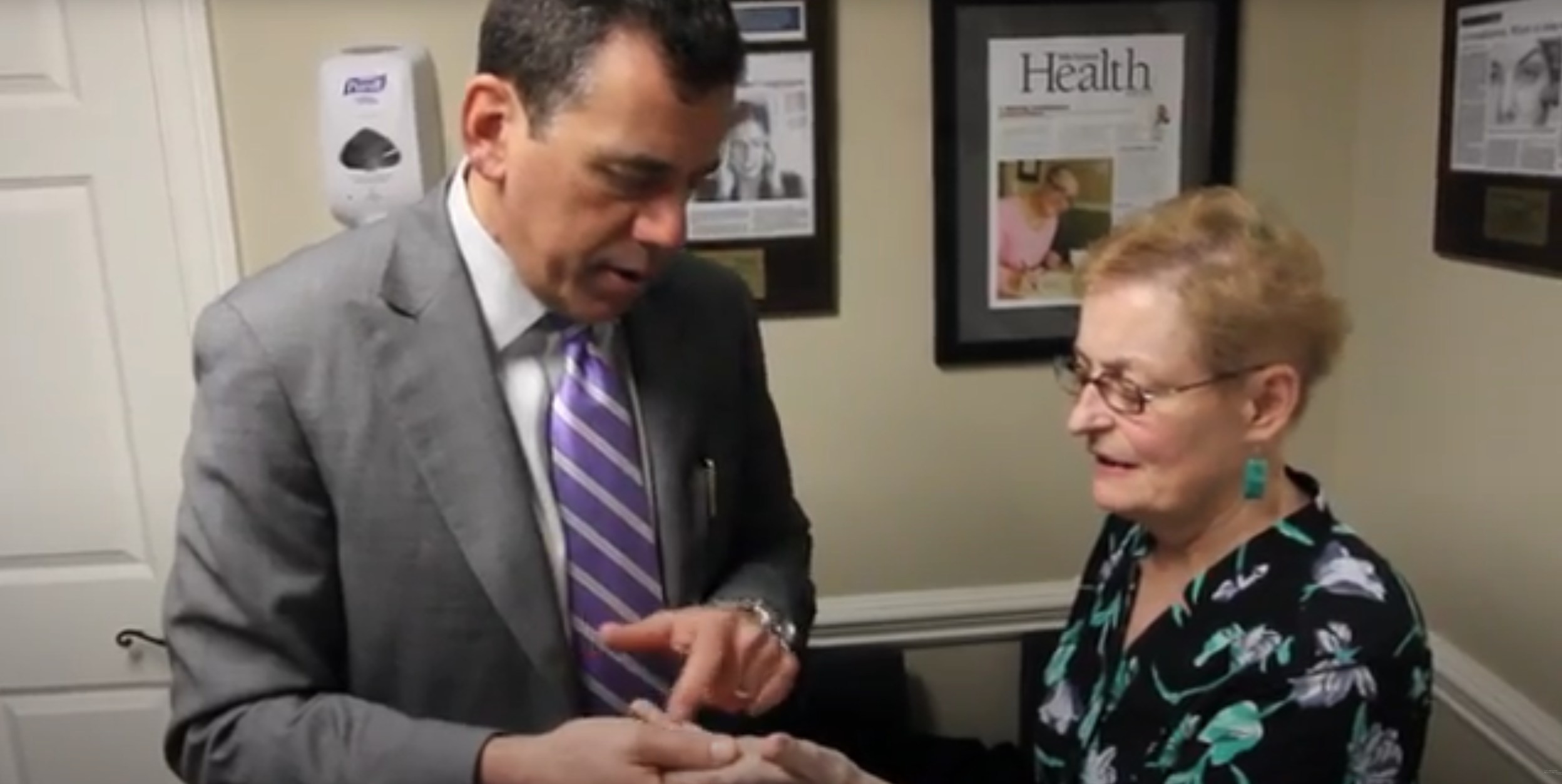Brachial Plexus Surgery Featured in Medical Resource UpToDate
The Institute for Advanced Reconstruction is proud to announce that Dr. Andrew Elkwood, Dr. Matthew Kaufman, and Dr. Zuhaib Ibrahim have recently published a comprehensive topic review entitled, “Surgical Treatment of Brachial Plexus Injuries” in UpToDate, an evidence-based, physician-authored clinical decision support resource.
UpToDate is relied on by over 1.3 million clinicians in 187 countries and nearly 90 percent of major academic medical centers in the United States. Its content is peer-reviewed exclusively by physicians who are recognized experts in their medical specialties.
This publication provides an overview of surgical treatment options for patients with brachial plexus injuries, as well as the causes, symptoms, and diagnosis of these injuries. The authors highlight the impact that brachial plexus injuries may have on patients, “Our hands are the most concrete expression of our humanity. They are the means by which we perform our activities of daily living and stay functionally independent. Any disruption of the nerves of the brachial plexus, the link between our brain and the upper limb, can be debilitating both functionally and socially.”
The brachial plexus is a large, complex bundle of nerves in the shoulder. When a person sustains an injury to the shoulder, neck, or arm, the nerves of the brachial plexus can also sustain damage, which can cause loss of sensation, paralysis of the arm, or chronic pain. Most brachial plexus injuries result from a traumatic injury. They can also be caused by pressure on the brachial plexus nerves caused by tumor growth in the area, accidents, or physiological problems present since birth. The nerves of the brachial plexus may also be damaged by exposure to infectious agents, chemotherapy, or radiation from radiation therapy.
Depending upon the severity of the injury, treatments for brachial plexus injury may range from physical therapy and medications that relieve inflammation to surgical brachial plexus reconstruction to relieve pressure on the nerves or even replace the nerves. Surgical evaluation for brachial plexus injuries involves a thorough history and physical examination, imaging, assessment of deficits and pain, and electrodiagnostic studies. A multidisciplinary approach, including a neurologist, physical medicine and rehabilitation, occupational therapist, and reconstructive surgeons with expertise in peripheral nerve surgery, is critical in achieving optimal recovery.
Timing is key when treating brachial plexus injuries. Timely surgical intervention can determine the ultimate functional outcome. A combination of nerve reconstruction and nerve transfers can provide both functional benefits and pain relief. Tendon transfers and joint fusions may be used for patients with longstanding injuries to provide functional improvements. As reconstructive surgeons specializing in brachial plexus injuries, the authors share firsthand the positive impact that surgical intervention for brachial plexus injuries can have on a patient’s quality of life.
To learn more about brachial plexus injuries and the surgical treatment options that are available, please visit our Brachial Plexus Injuries Program webpage.





